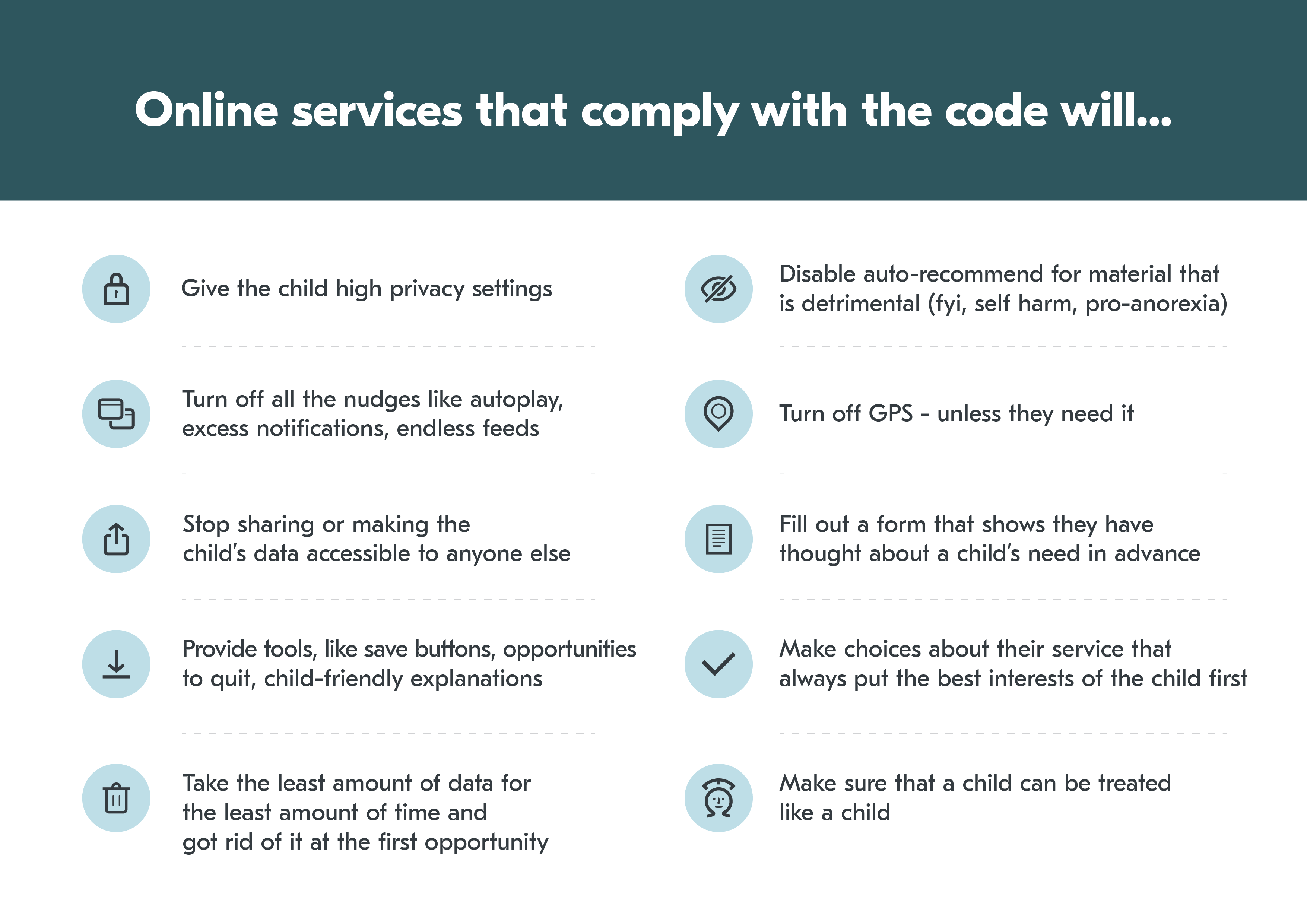
The Online Safety Bill is the UK Government’s chance to make the internet safer for all. It is also a major step forward in the battle against online harms and goes hand in hand with our commitment to protect young people and the vulnerable online. While it’s the responsibility of everyone to make the internet a safer place, regulation is necessary to make businesses act responsibly.
The Online Safety Bill’s key recommendations
Since a first draft was issued in May, MPs and peers have made four recommendations, as well as many others, to strengthen the Bill:
- What’s illegal offline should be regulated online
- Ofcom should issue binding Codes of Practice
- New criminal offences are needed
- Keep children safe from accessing pornography
We’re heartened to see the proposed revisions include the need for age assurance technology to protect children and the requirement to abide by minimum standards, which we heartily endorse.
We are specifically pleased to see that the Bill recommends keeping children safe from accessing pornography:
“All statutory requirements on user-to-user services, for both adults and children, should also apply to Internet Society Services likely to be accessed by children, as defined by the Age Appropriate Design Code. This would have many advantages. In particular, it would ensure all pornographic websites would have to prevent children from accessing their content. Many such online services present a threat to children both by allowing them access and by hosting illegal videos of extreme content.”
In the UK, it’s estimated that 48% of adolescents have viewed pornography online. We hope that this recommendation in particular will help create a shift in business attitudes which lean towards protecting children within digital spaces.
In the Bill, advocate for children’s rights in the digital world, Baroness Kirdon, provided a vital statement on age assurance:
“Protecting children is a key objective of the draft Bill and our report. Our children have grown up with the internet and it can bring them many benefits. Too often, though, services are not designed with them in mind. We want all online services likely to be accessed by children to take proportionate steps to protect them. Extreme pornography is particularly prevalent online and far too many children encounter it – often unwittingly”.
The Office of the Children’s Commissioner revealed that over half of 11–13-year-olds have seen pornography online. Witnesses explained that pornography can distort children’s understanding of healthy relationships, sex, and consent by, for example, normalising violence during sexual activity.
“Privacy-protecting age assurance technologies are part of the solution but are inadequate by themselves. They need to be accompanied by robust requirements to protect children, for example from cross-platform harm, and a mandatory Code of Practice that will set out what is expected. Age assurance, which can include age verification, should be used in a proportionate way and be subject to binding minimum standards to prevent it being used to collect unnecessary data.”
What is age assurance?
Age assurance describes the methods and measures that help to determine a person’s age or age range. The word assurance refers to the varying levels of certainty that different solutions offer in establishing an age or age range. This includes age verification and age estimation, which both have varying levels of confidence.
To learn more about age assurance, read our article about it here.
A tried and tested solution for the safeguarding of children
We help businesses implement robust age assurance within their services, aligning with the Online Safety Bill and the Age Appropriate Design Code. Platforms can age assess and ensure that children are treated as children – then not serve notifications, avoid tracking, avoid geolocation, avoid inappropriate advertising to minors, provide age appropriate support and content moderation to enable young people to thrive online.

To read more about what we’re doing to follow the standards within the Age Appropriate Design Code, you can read more about it here.
We work closely with businesses and regulators to help young people thrive online safely. If you would like to learn more about how you can be a part of the evolving online safety landscape, contact us here.
